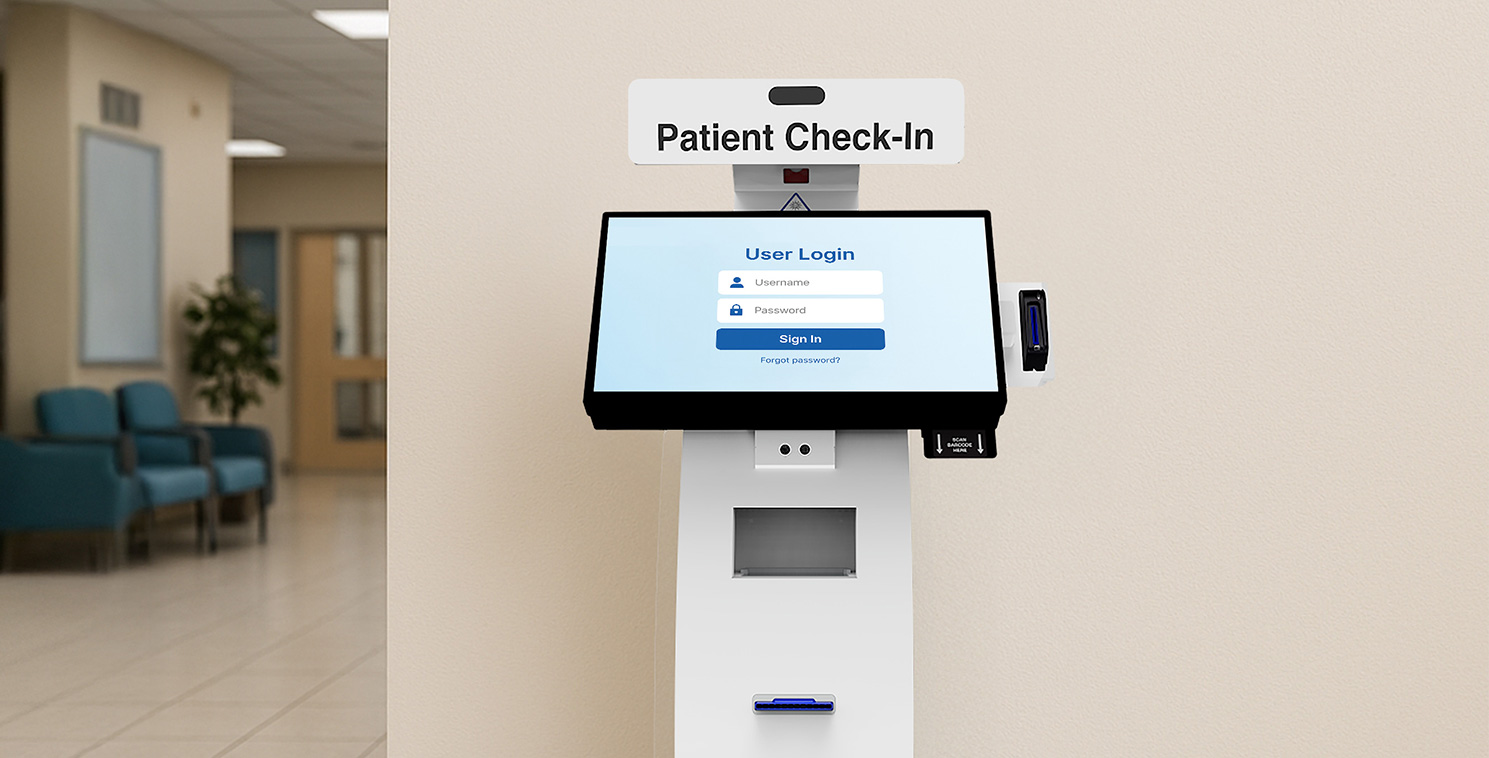June 12, 2025
Supporting Clinicians, Empowering Patients: The New Frontline of Emergency CareSupporting Clinicians, Empowering Patients: The New Frontline of Emergency Care

Supporting Clinicians, Empowering Patients: The New Frontline of Emergency Care
A large, not-for-profit health system in the Pacific Northwest recently undertook a digital transformation initiative to improve emergency department throughput and reduce administrative burden. With a footprint that includes multiple medical centers and over 150 clinics, this organization supports thousands of clinicians and serves a diverse patient population across three states throughout urban and rural areas.
Like many systems across the country, they faced growing challenges: increased patient volumes, staffing shortages, and the pressing need to accelerate speed to care. Committed to clinical excellence and health equity, the organization sought innovative technology that could ease frontline workload while enhancing patient experience.
Their implementation of self-service kiosks within the emergency department has become a standout example of how healthcare facilities can modernize access points, streamline triage, and support care teams without sacrificing compassion or quality.
This case study shares their journey, solution, and results to help guide others looking to transform intake workflows and improve operational efficiency.
The Challenge
According to the CDC, the median emergency department wait time in the United States is approximately 40 minutes before patients are seen by a provider (CDC 2021). Yet, studies show that delays in triage are linked to increased morbidity in time-sensitive conditions such as sepsis, stroke, and cardiac events (Singer et al, 2017).
Like many emergency departments nationwide, the health system faced growing administrative burdens and staffing shortages that were causing delays in patient throughput. The result? Longer wait times, higher pressure on front-line staff, and barriers to fast, effective care delivery.
The Solution
The health system implemented self-service kiosks within their emergency department to help rapidly process incoming patients. The kiosks allow for acutely ill individuals to input symptoms and basic demographic data upon arrival – initiating the triage process even before initial face-to-face contact with a clinician.
By offloading basic intake tasks, staff were able to prioritize clinical workflows and support early identification of critical cases, which enhanced outcomes and helped save lives.
The Impact- Faster Triage Initiation: Patients were triaged more efficiently, reducing time to clinical assessment.
- Reduction in Waiting Room Times: Patients spent less time waiting to be seen, which was critical in emergency settings where every minute counts.
- Streamlined Throughput: Automating the check-in process alleviated administrative burden and optimized resource allocation.
- Positive Impact on ROI: Enhanced patient flow and reduced staffing strain led to better resource use, higher productivity, and lower operational costs.
Why Elo + CTS?
The partnership between Elo and CTS Healthcare Services brings together enterprise-grade touchscreen technology and purpose-built healthcare kiosks to deliver a modern, scalable intake solution. Trusted by health systems across the country, this combined platform is designed to meet the demands of clinical environments while improving both operational efficiency and patient experience.
- Purpose-Built for Healthcare: Designed and engineered for the durability that medical environments require, offer ADA compliance and cleanability for high-touch spaces.
- Proven Results & Seamless Integration: Epic hospitals all over the US have implemented CTS kiosks, both Elo and CTS work with all EHR providers to ensure they meet their latest standards and guidelines.
- Customizable: Kiosks tailored to your workflow including options for insurance card and driver's license parsing, bill pay, and ADA keypads, etc.
- Future Proof: CTS kiosks are modular, allowing organizations to retrofit new pieces of technology or start with a simple workflow and build their capabilities overtime.
References:
Centers for Disease Control and Prevention. Emergency Department Visits. https://www.cdc.gov/nchs/fastats/emergency-department.html
Singer, A. J., et al. (2017). "The Association Between Emergency Department Crowding and Mortality Among Patients Admitted to Intensive Care Units." Academic Emergency Medicine.